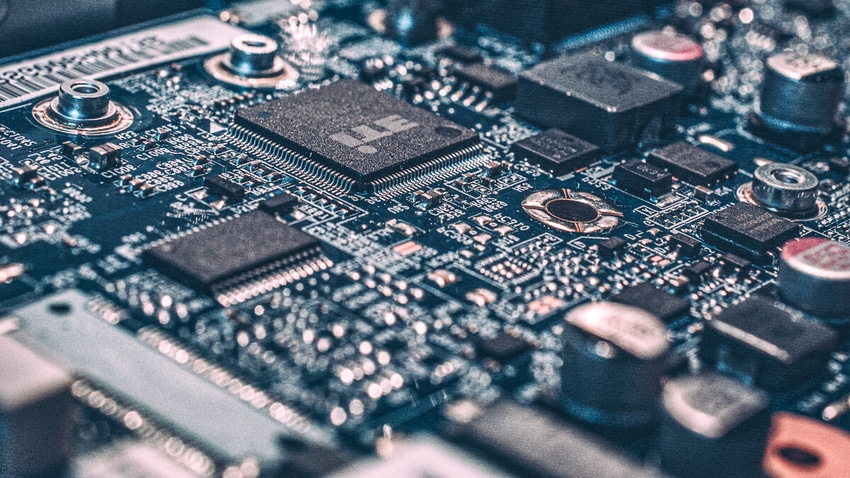All applicants to the government's $10 billion plan to set up a fab unit in India are struggling to find a technology partner.

India's plan to set up the country's first fab unit has hit a roadblock as aspiring companies struggle to find technology partners.
The Indian ministry of electronics and IT (MEITy) is again inviting applications for participation in its chipmaking incentives scheme, which was launched in December 2021 and offers $10 billion in incentives to manufacturers willing to set up chip units in India.
Last year, the Indian government received three applications to set up a semiconductor unit under the scheme. Applications were from a Vedanta-Foxconn joint venture, IGSS Ventures and ISMC, which is backed by Next Orbit and Tower Semiconductor.
Vedanta and Foxconn were planning to set up a fab unit for 28 nanometer chips in Dholera in the state of Gujarat. Media reports, however, suggest that the companies are unable to close the deal with their technology partner STMicroelectronics. Discussions have hit a wall because of disagreements over technology transfer, the duration of the partnership and the funds to be invested by each partner.
ISMC, which was banking on Israel-based Tower Semiconductors as a technology partner, is also stalled because of the ongoing takeover by Intel. ISMC was planning to invest $3 billion in setting up a fab in India. As things stand, however, Tower is likely to re-evaluate whether to work with ISMC on this initiative. Further, there is little clarity about IGSS's plans for setting up the fab unit in India.
To claim the incentive, applicants must demonstrate expertise in semiconductor manufacturing. This means they have to either own a fab unit for chips in the 65-28 nanometer range or possess the technologies to make 28nm chips. Companies must also provide visibility into advanced node technologies through licensing or development.
Now that the application window is again open – it runs from June 1 to December 2024 – applicants both old and new can apply again. This has, however, further delayed the setting up of a fab unit in the country.
It is possible that Tata Group may turn out to be a surprise applicant as it has been vocal about its ambitions to venture into the semiconductor business. While it didn't apply for the government initiative, it has set up an outsourced semiconductor assembly and test (OSAT) unit, which packages and tests chips before they are shipped.
What got India here will not get it there
Building a chip manufacturing unit is a crucial part of the Indian government's Atma Nirbhar (self-reliant) policy. It is also important for India as it looks to climb the value chain in manufacturing electronics and devices. Over the last few years, India has grown its electronics manufacturing capabilities. Its export of mobile phones has grown in value from $334 million in FY 2017-2018 to $11 billion in FY 2022-23.
Most of the components, however, including semiconductors and circuitboards, are still imported, and only assembly is carried out in the country. For India to truly emerge as a manufacturer of electronics and mobile devices, it needs a chipmaking facility.
It faces multiple challenges in doing so as this is a highly specialized kind of manufacturing and requires large capital expenditure and expertise. India, however, lacks the specialized talent required for chipmaking. Taiwan is the biggest manufacturer of chips today, but others are seeking the ability to produce chips.
Countries such as China and South Korea are making efforts to become self-reliant in chip manufacturing, following a collapse of the supply chain during the COVID-19 pandemic, which caused an extreme shortage. Further, the demand for semiconductors, especially advanced chips, has skyrocketed as AI gains traction.
South Korea announced earlier this year that it would be building the world's largest chipmaking unit with $230 billion investment from Samsung. China is also trying to expand its chip manufacturing capabilities.
The US, meanwhile, has passed the CHIPS and Science Act last year, which provides $52.7 billion for research and development, manufacturing, and workforce development.
Related posts:
— Gagandeep Kaur, Contributing Editor, special to Light Reading
Read more about:
AsiaAbout the Author(s)
You May Also Like











